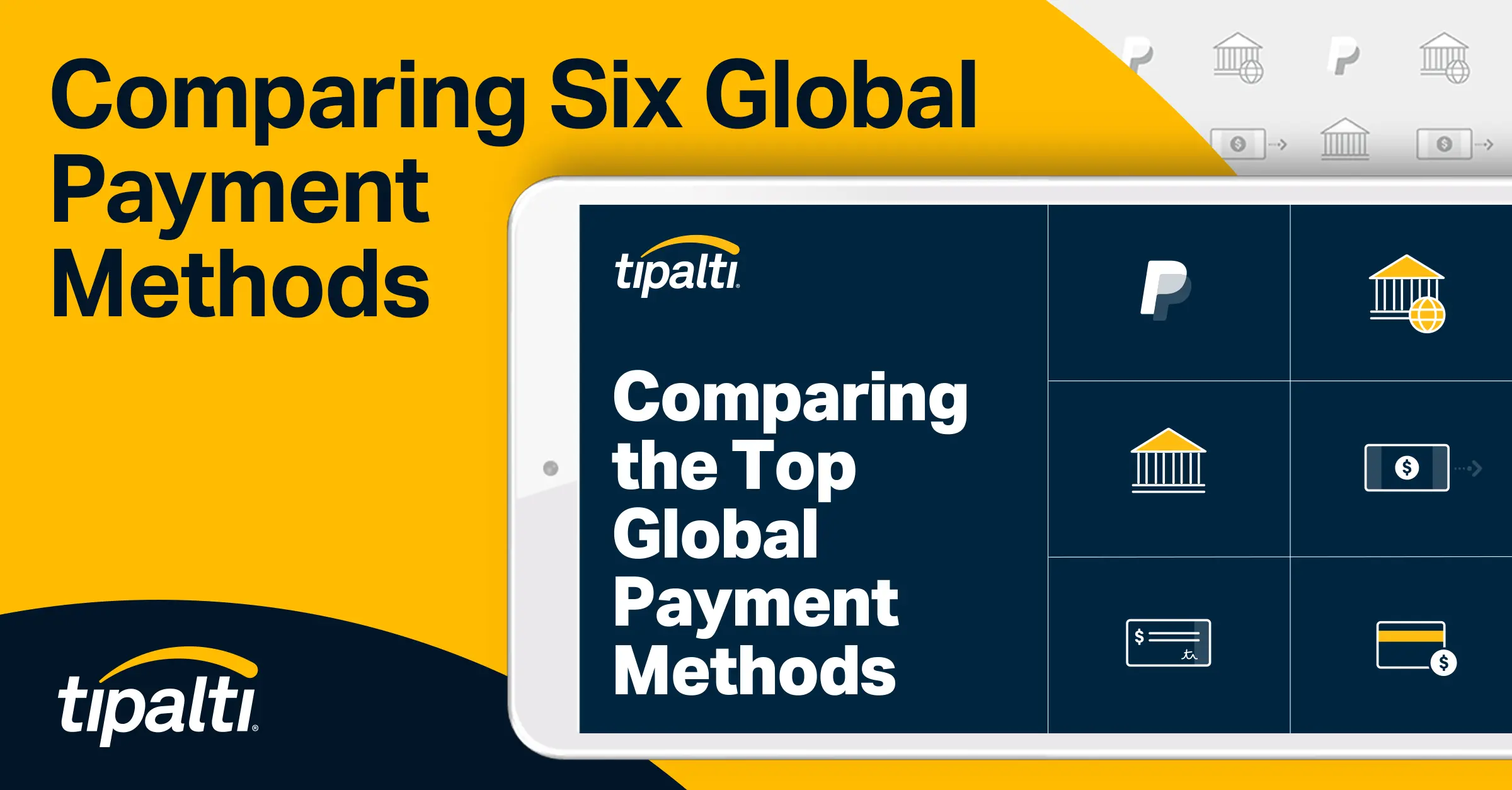If you’re doing any kind of business where you pay another party for products/services rendered, you should have a working knowledge of payment methods. How do you plan on meeting your debts? What accounting processes are in place?
Tracking the way you pay service providers is also important for tax time. Establishing a firm audit trail means you need a payment system with good recordkeeping.
Two popular methods of payment are through bank remittance or a bank transfer. It’s important to know the difference between the methods and how each can assist your business.
What is a Bank Remittance?
A bank remittance is a funds transfer from one bank account to another as a gift or payment. Remittances are used to pay bills or invoices and are sent via an electronic payment system, wire transfer, mail, draft, or check.
How Does a Bank Remittance Work?
As cross-border business increases, the need to send remittances grows. A bank remittance plays a massive role in today’s financial ecosystem. The amount of money being sent internationally has increased exponentially in recent years. This is in part due to the gig economy, but also the expansion of financial technology platforms that open new doors.
So how does a bank remittance work? To start, you need to prefund your bank account with the local currency from your home country. For example, in order to send $500 from Canada to Spain, you will need to have at least $500 prepaid in your Canadian bank account.
Once the funds reach the bank in Spain, the receiver needs to contact their local branch or treasury department to obtain the day’s Euro-to-Canadian foreign exchange rate. The rate is then used by the recipient’s bank to convert the remittance into local currency.
In most cases, especially when the money involved is over a thousand dollars, the bank will apply a retail exchange rate. The drawback is that these rates are designed to deliver maximum profit to the receiving bank, not the customer.
For some countries, remittance flows account for a sizeable portion of their GDP (gross domestic product). In 2018 alone, migrant workers moved a staggering equivalent of $689 billion USD over the globe. This doesn’t include 2018’s cross-border payments which equated to 124 trillion US dollars. Remittance services boost economies.
Sending a Bank Remittance
Although you can send a check, a wire transfer is the most common method used for remittances. These can take anywhere from 3-5 business days or longer, especially when sending overseas.
However, be sure to do some currency research before sending out the international wire transfer. You need to confirm whether the bank is able to send funds in the local currency of your receiver. This is especially important if you are sending money to developing countries. This includes the Philippines, South Africa, and Mexico who may require further development assistance.
Wire transfers can be quite expensive and some foreign countries charge high fees for the service. Along with all these fees, you’ll have to keep in mind the foreign exchange rate that will be applied by your bank for financial services rendered. And they won’t offer you the real, live rate, either. Instead, they charge a higher, negotiated rate to make an above-average profit from your transaction.
There are times when the international bank won’t be able to receive remittances directly. This is typically the case with international payments as not all banks have relationships with one another. Money transfer operators need to protect funds from fraud, money laundering, and other theft.
When funds are rerouted, they go through an intermediary bank, which may also take a fee for money transfer services. These receiving fees are rarely disclosed upfront and are often unloaded on the recipient, which can strain business relationships.
Which global payment method will save your business the most money?
From prepaid debit cards to international ACH and wire transfers, there are countless ways to pay suppliers.
What is a Bank Transfer?
A bank transfer is used when you move money between your accounts. This can be done locally or internationally. A local bank transfer is a cross-border payment where a deposit is made into a foreign bank account.
Local bank transfers involve an intermediary organization that operates between the payer (the originator) of the transfer and the payee (receiver). Much like a credit union, the intermediary acts as a clearing mechanism and helps protect and settle the transfer of funds.
In the United States, the most common process that involves an intermediary is an ACH transfer. The payment is issued by the payer and then settled by the Automated Clearing House before it becomes available in the payee’s account. However, the ACH does not have the capacity to process international wire transfers.
Local bank transfers are also known as international ACH, eCheck, or global ACH. It’s a type of EFT (electronic funds transfer) where the process varies from country to country. They’re quickly becoming the international money transfer method of choice for companies that make mass payments.
Bank transfers can be executed quickly and at scale with the advantage of local currency and low fees.
The difference between local bank transfers and wire transfers is the role of the network or intermediary. Wire transfers use a direct link between the banks on both sides of the transfer.
While local bank transfers can be sent at a relatively low cost, international wire transfers carry large fees. However, international wire transfers are more reliable.
What is the Difference Between a Bank Remittance and a Bank Transfer?
A bank transfer is when you send a certain amount from one account to another. A bank remittance is used when a transfer is made between two different accounts.
While wire transfers are always popular, a prime alternative is online transfers. It takes the old concept of wiring money and marries it with EFT technology. Usually completed within one business day, in some cases you can receive funds instantly. This is typically at a higher cost.
With an EFT, you can send payments online using any device with internet access. This is why they’re also called internet money transfers.
There can be some disadvantages to online transfers. While it’s possible to send a speedy payment to someone in the same country, it’s not quite so simple when it comes to international payments.
Many providers will charge high fees to send an EFT, which is usually a percentage of the amount sent. Additionally, like remittances and transfers, banks will still charge unfair exchange rates, while other providers can disguise them too.
The Final Verdict
When it comes to deciding whether to send a bank remittance or a bank transfer, consider some factors like timing, volume, and cost. This can help steer you in the right direction.
It should be noted, both of these processes are useful to understand in the context of accounting and modern business payments.
What happens when your company starts doing business on a global scale? Are you using the best payment methods to save resources? Find the answers right now in our eBook: Comparing the Top Global Payment Methods.


